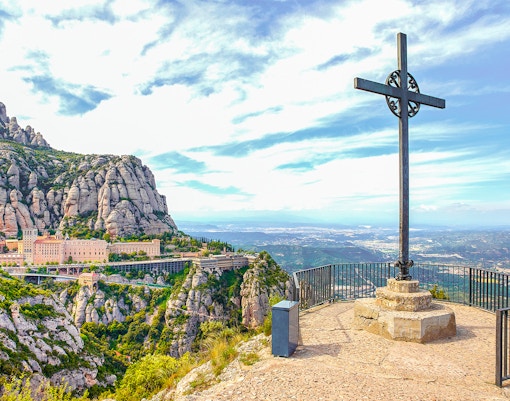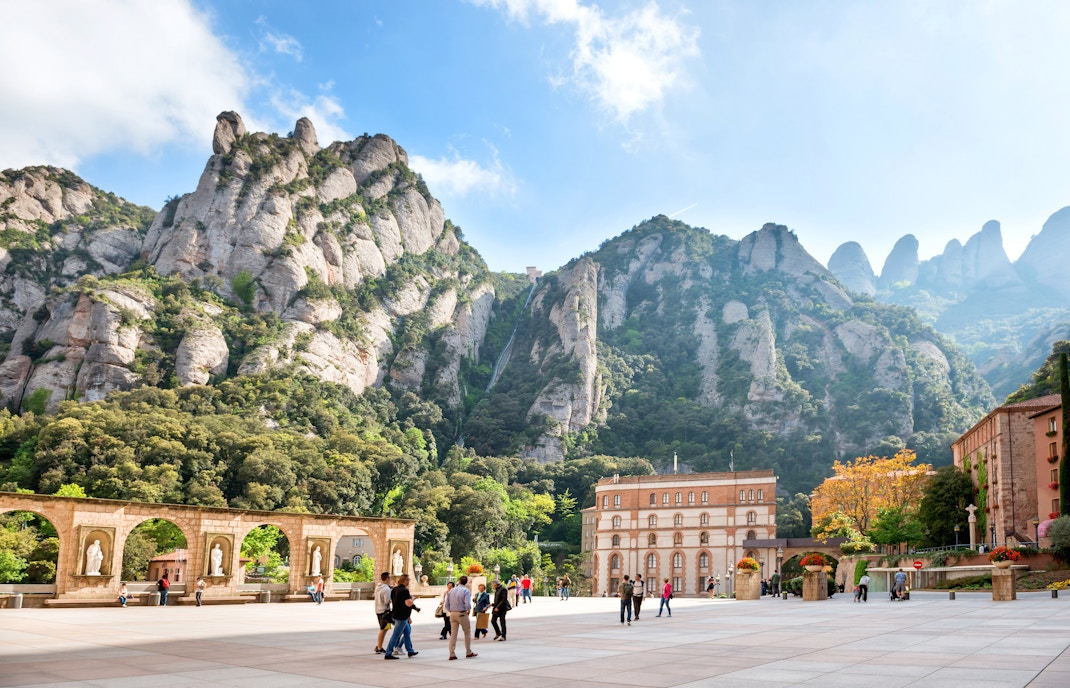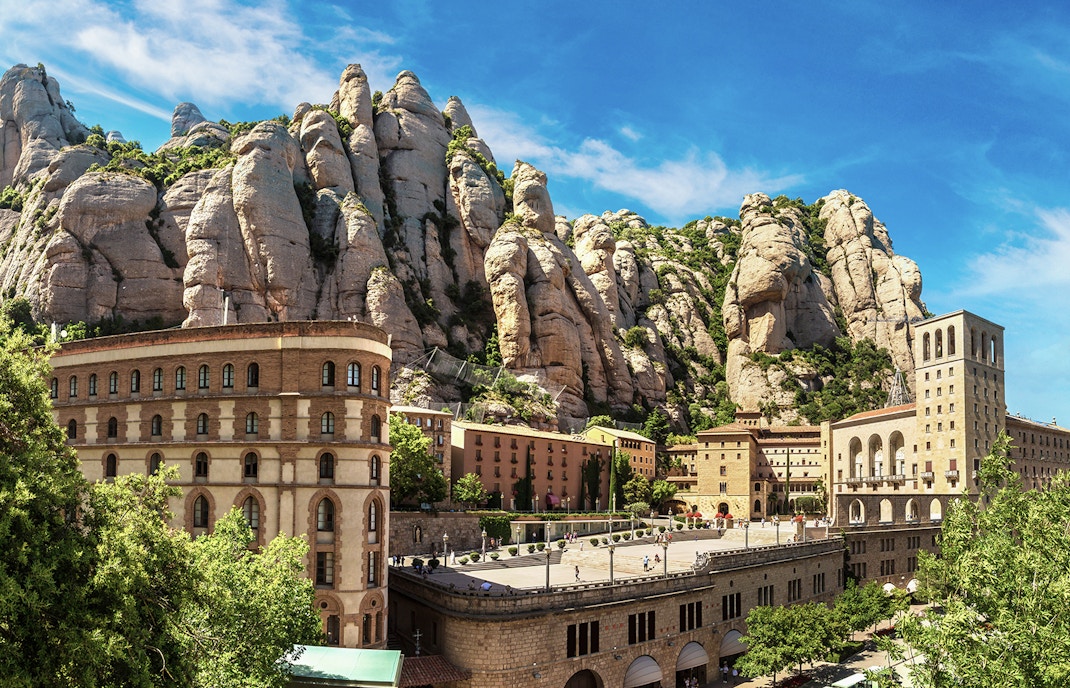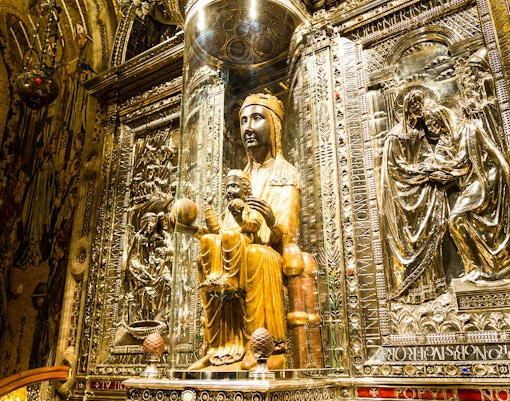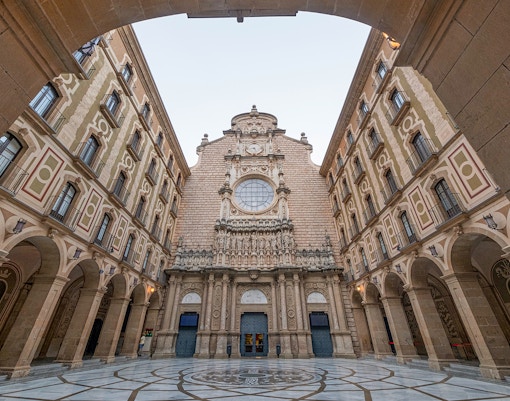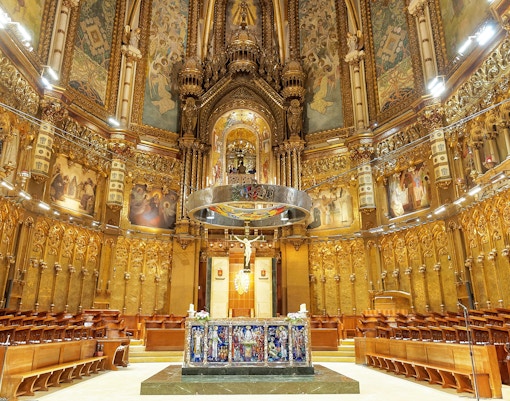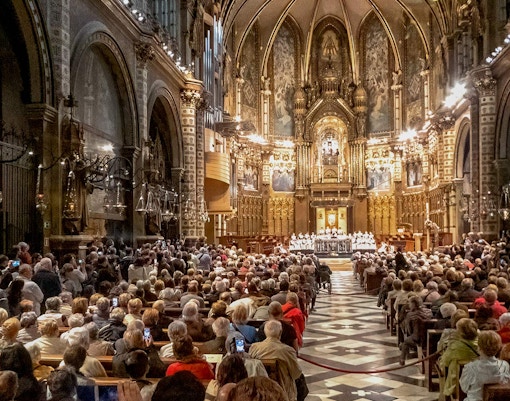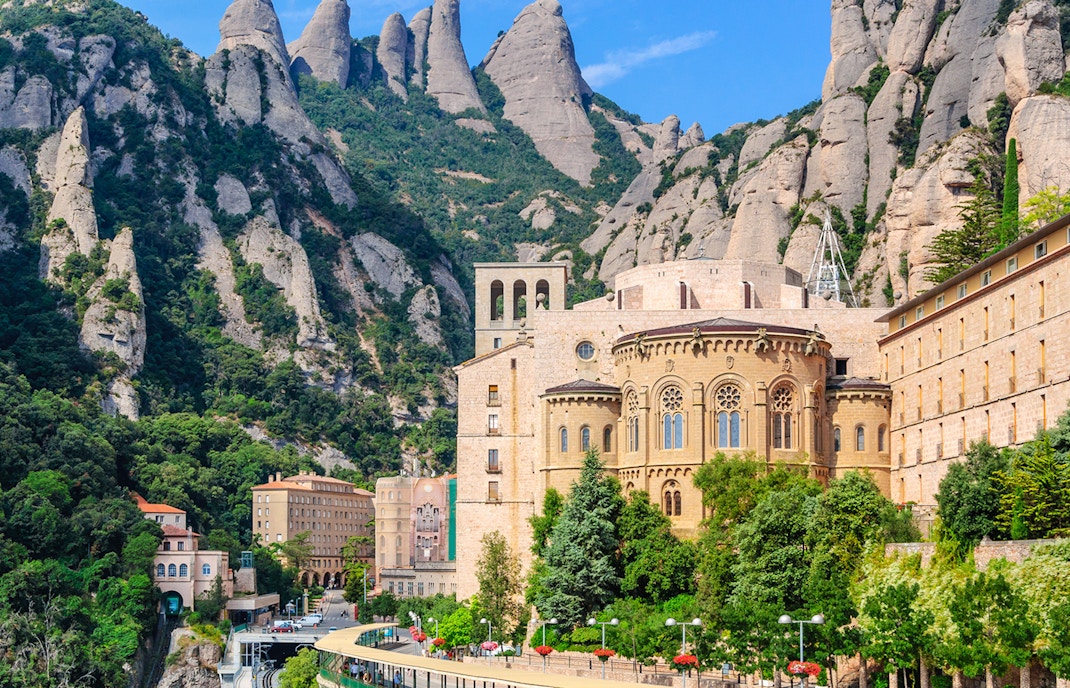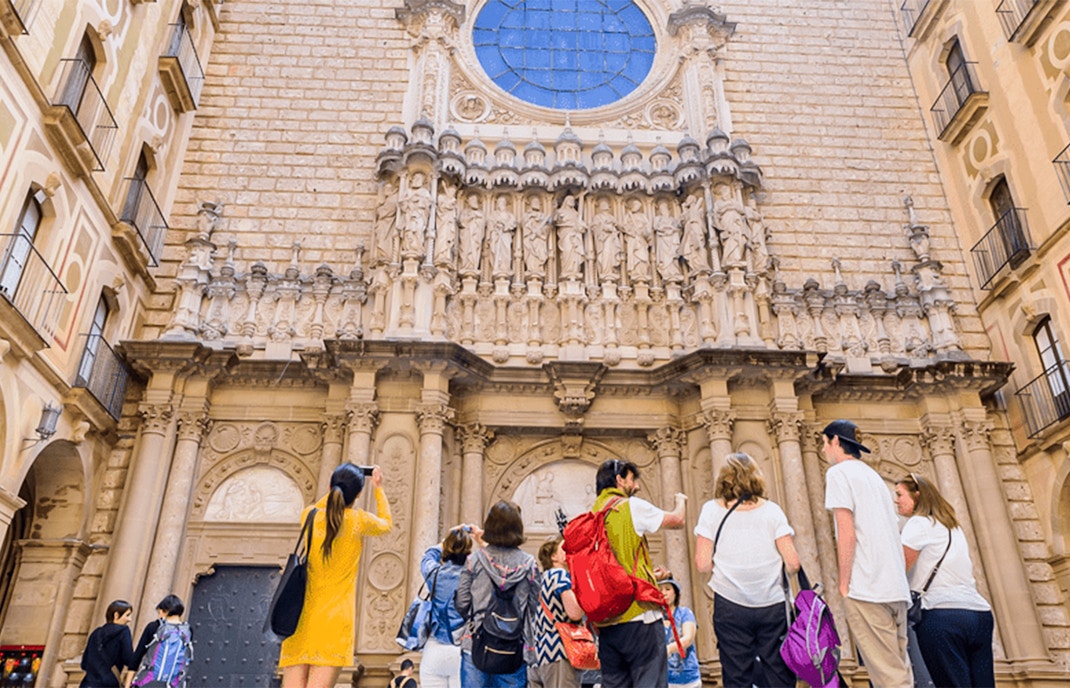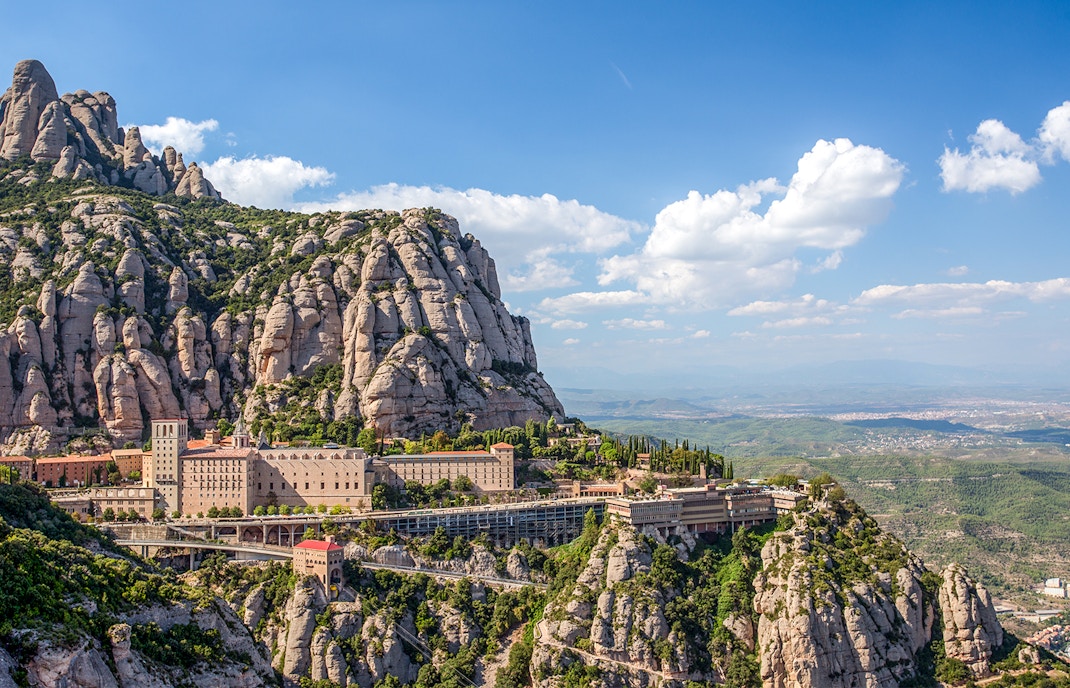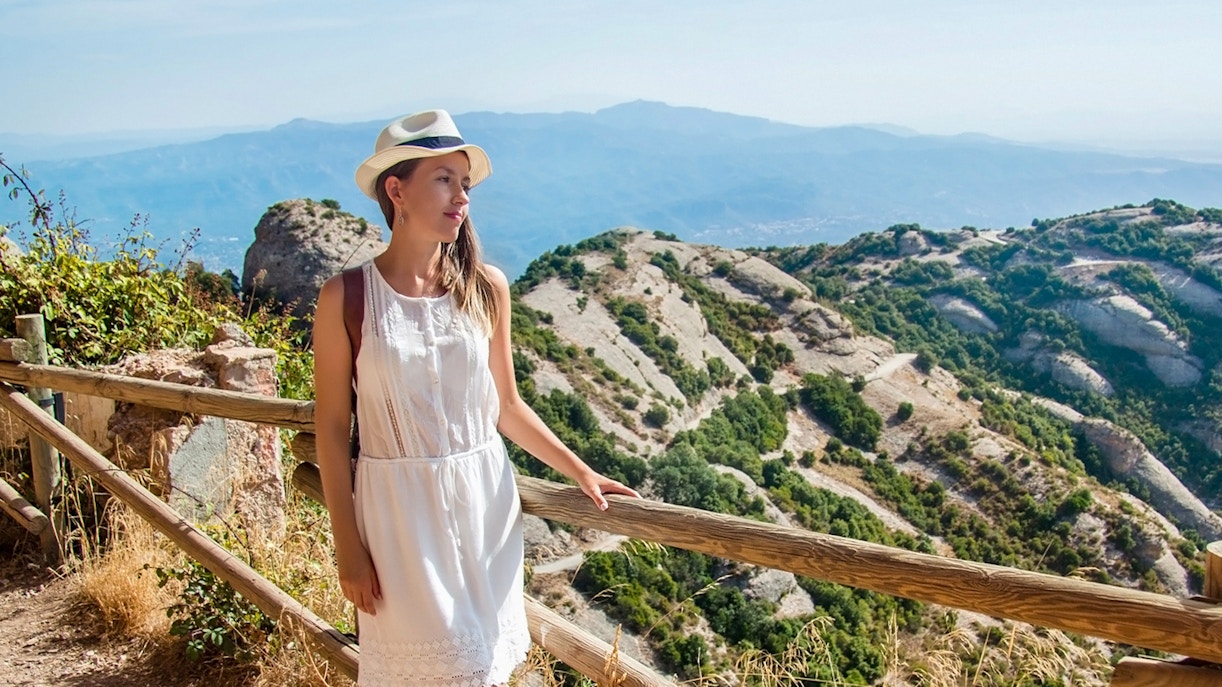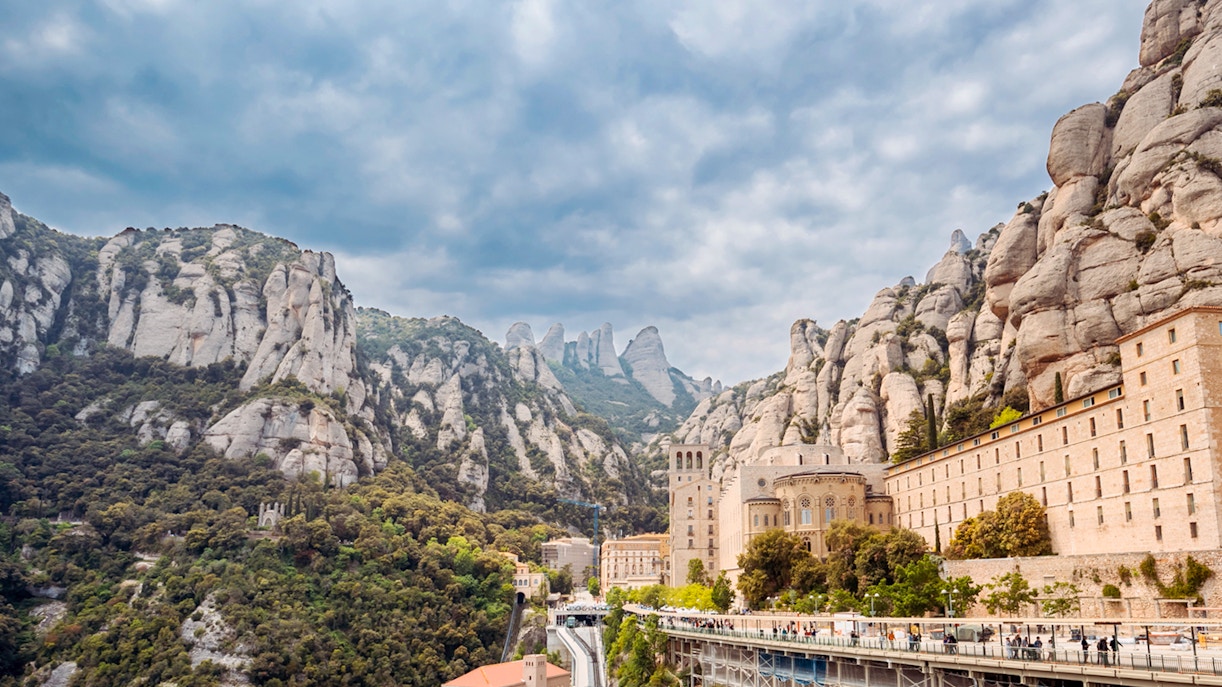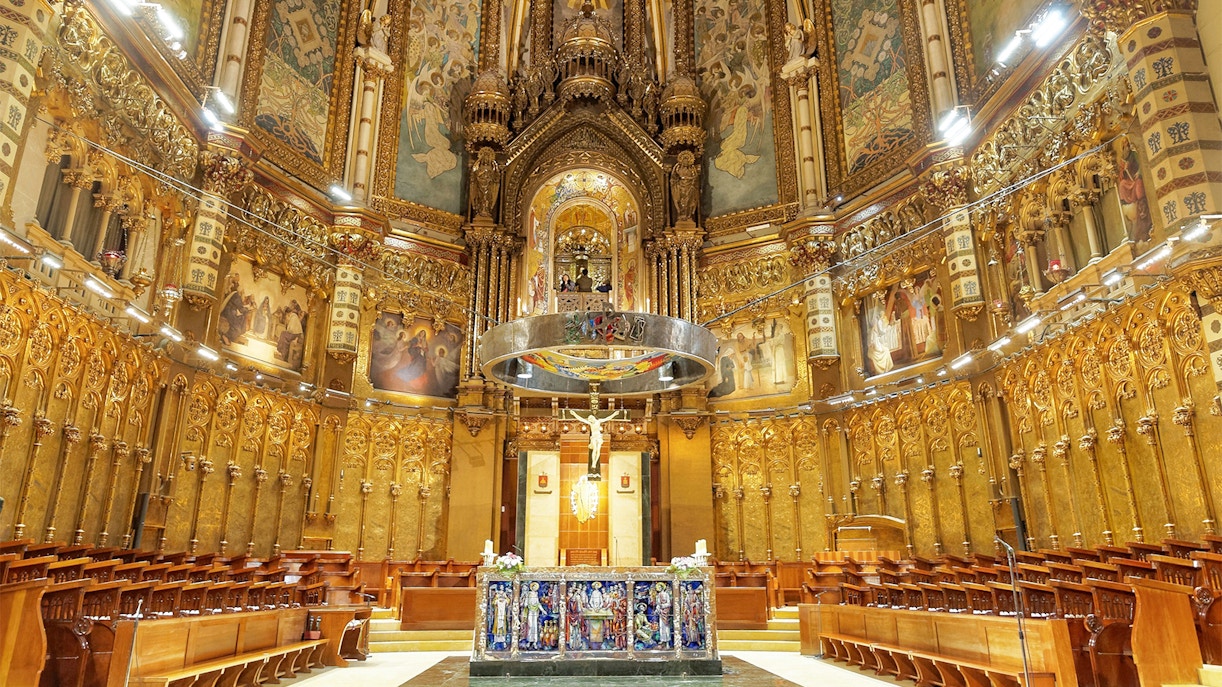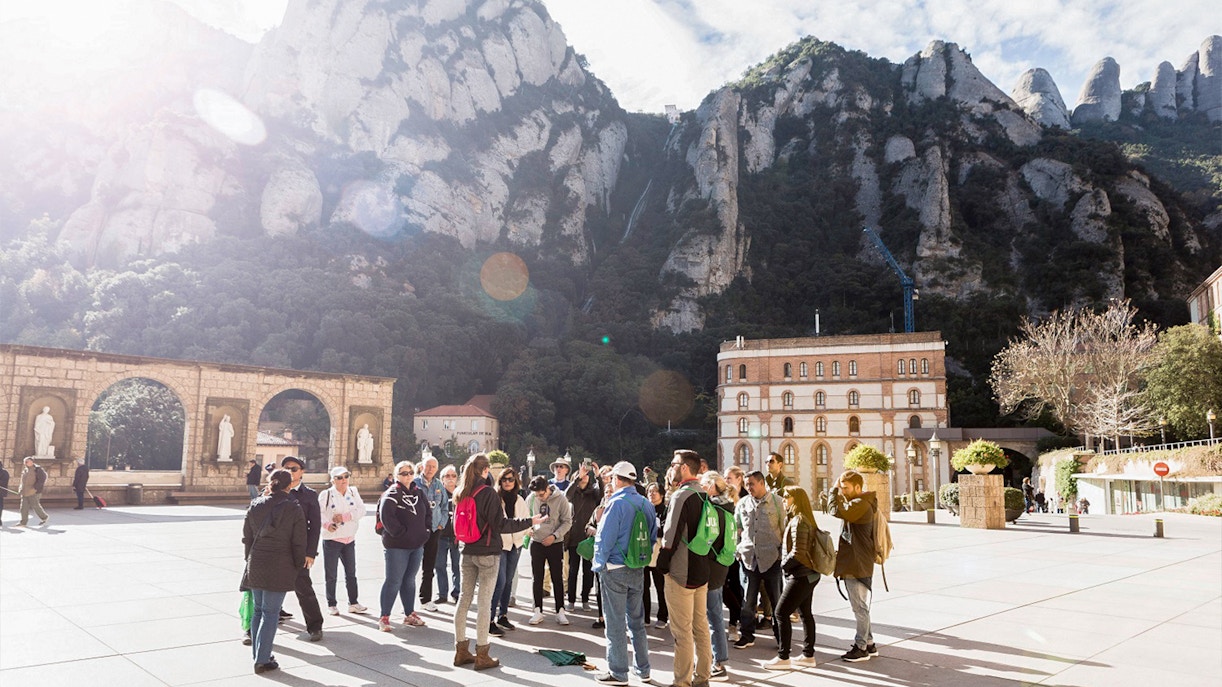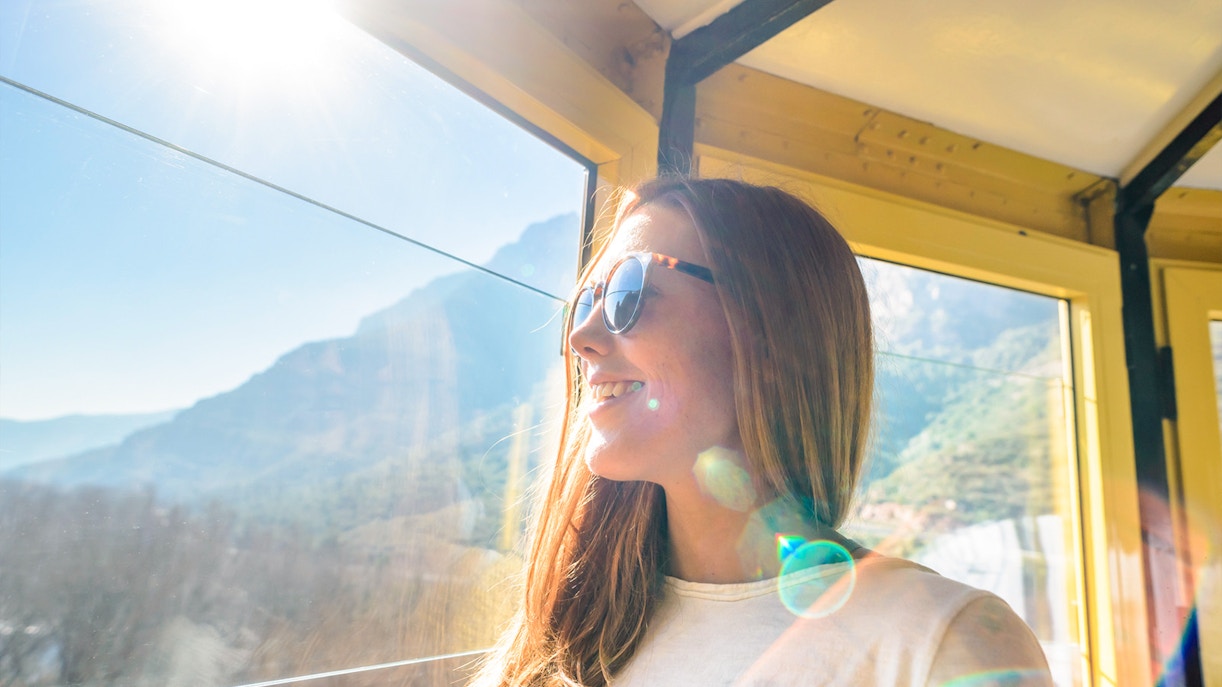- Ancient origins: The Montserrat monastery has been a religious site since the 10th century and is believed to have roots dating back to Roman times. It has served as a pilgrimage destination for centuries, attracting visitors from around the world.
- Catalan identity: Montserrat is also a symbol of Catalan culture and identity, especially during the Franco regime when it became a refuge for those persecuted for their beliefs
Reasons to visit Montserrat Monastery
Montserrat Monastery, located about an hour from Barcelona, is a unique destination that combines spiritual significance, stunning natural beauty, and rich history. Here’s why you should consider visiting this remarkable site.
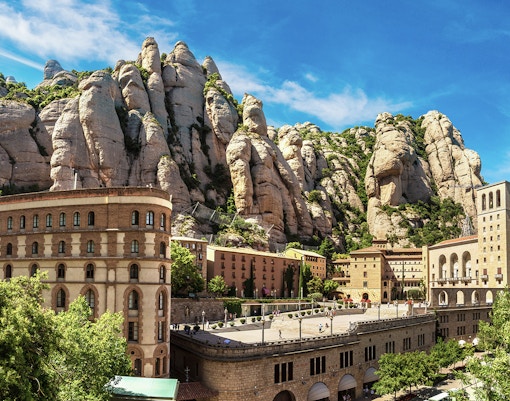
Historical significance
Montserrat Monastery history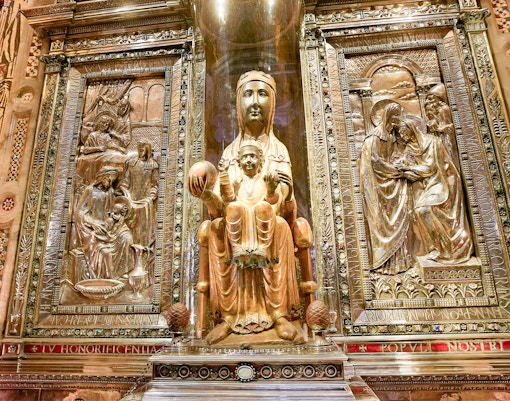
The Black Madonna
More about the Black Madonna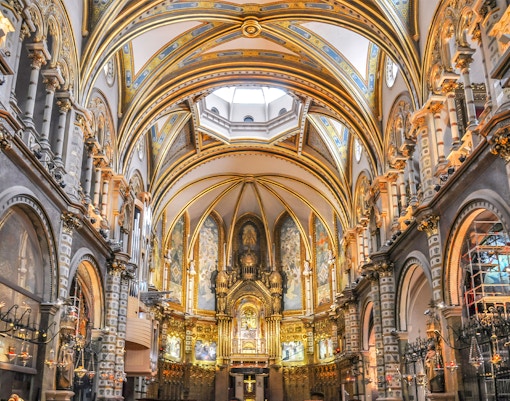
Architectural beauty
More about the Montserrat Museum